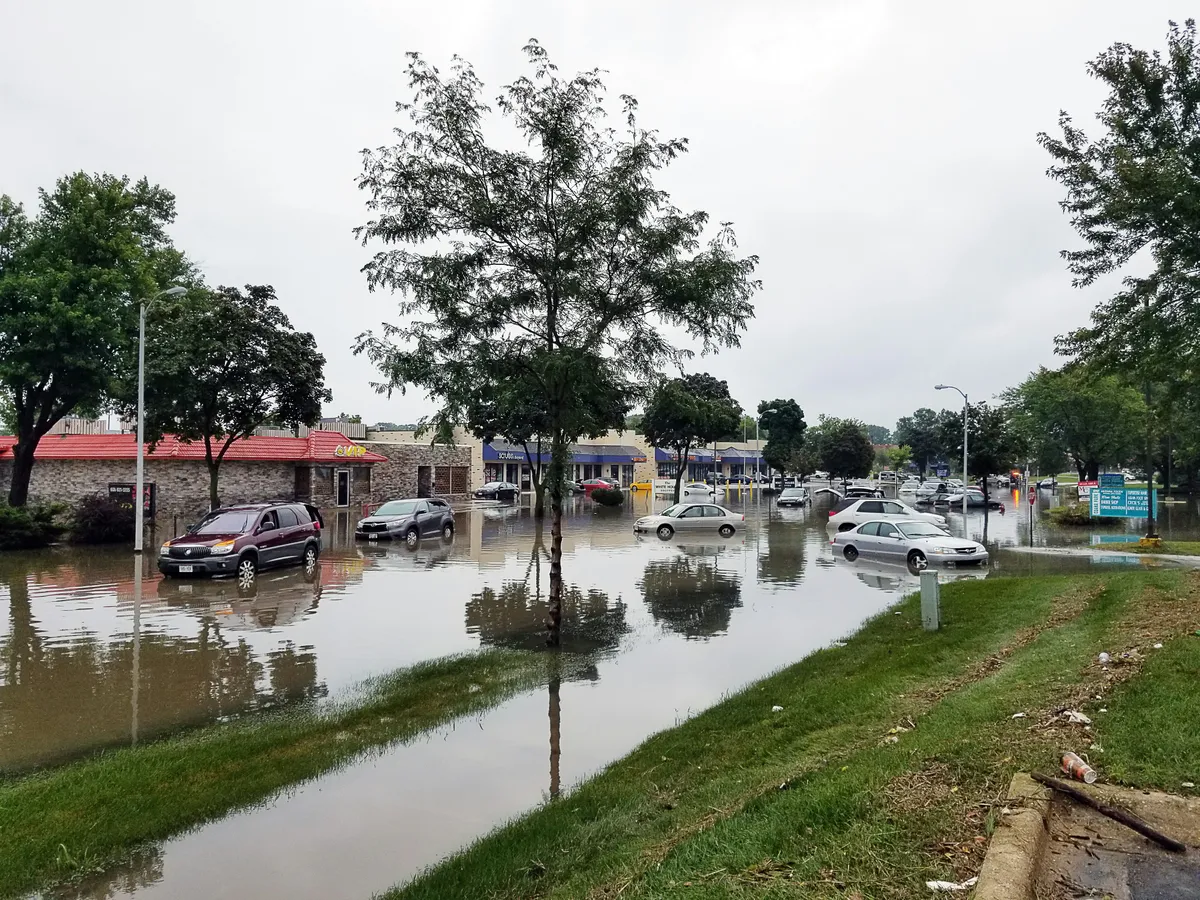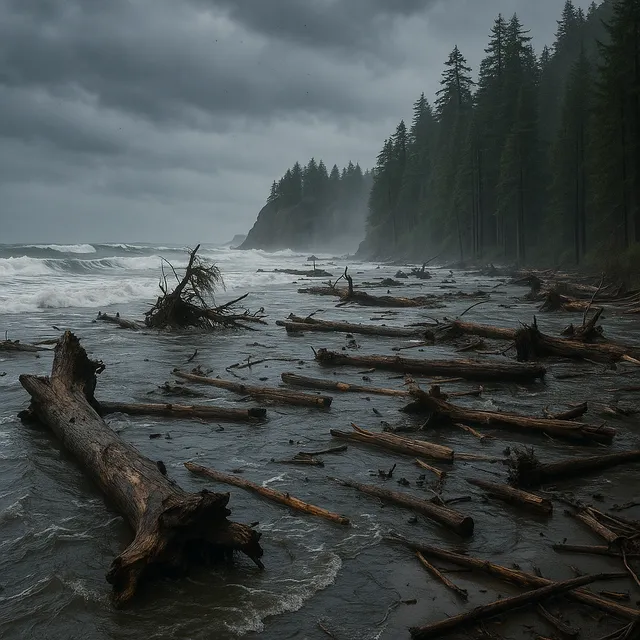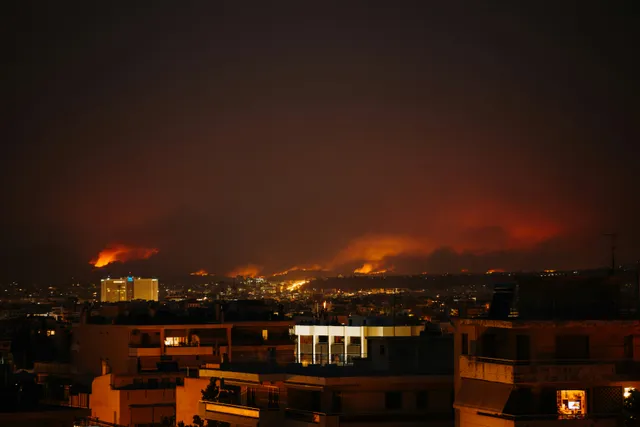Lessons from the 2024 Hurricane Season: What Retailers Must Do Next
Leaders in the retail industry convened with NOAA’s Industry Proving Grounds (IPG) and the Retail Industry Leaders Association (RILA) to discuss lessons learned and how businesses can better prepare for future disasters. The impacts of Hurricanes Helene and Milton were devastating, with widespread flooding, infrastructure failures, and prolonged power and water outages across multiple states. Retailers faced store closures, broken supply chains, and employee displacement—yet they also played a crucial role in the recovery.
This season was a wake-up call: traditional preparedness strategies are no longer enough. Retailers must strengthen disaster response plans, improve supply chain resilience, and leverage more advanced forecasting tools to protect their businesses and communities.
Key Challenges Retailers Faced
1. Forecasts Alone Weren’t Enough
While NOAA provided accurate weather forecasts, many retailers struggled to translate warnings into concrete actions. One major retailer noted that even though they knew western North Carolina would be hit hard, they didn't fully grasp the extent of flooding and damage until it was too late.
2. Supply Chain Failures Left Stores Empty
Road collapses and impassable flood zones made it nearly impossible to move essential goods. A retail leader shared that they needed to move generators from Florida to North Carolina, but with major expressways destroyed, deliveries were severely delayed.
3. Limited Access to Critical Goods and Services
Pharmacy closures due to storm damage left residents without life-saving medications, leading to an increase in hospital visits. Without tools to predict infrastructure failures, retailers struggled to stage resources effectively.
4. Retailers Became First Responders in Recovery
Despite these challenges, retail stores played a critical role in helping communities recover. Walmart, Walgreens, and Lowe’s reopened quickly, providing access to food, water, and emergency supplies. Their ability to adapt and respond reinforced the importance of preparedness.
How Retailers Can Improve Disaster Preparedness
1. Leverage More Actionable Forecasting Tools
Retailers need weather intelligence that connects forecasts with potential real-world impacts. NOAA and IPG are working on tools that overlay rainfall predictions with flood zone data, helping businesses anticipate supply chain risks.
2. Strengthen Supply Chain Redundancy
Retailers must plan for alternative logistics routes and ensure backup suppliers are in place. NOAA’s proposed real-time transportation overlays will help businesses make faster, more informed decisions.
3. Develop Store-Specific Emergency Plans
Retailers should create tailored emergency plans that address their location’s unique vulnerabilities—whether it’s flooding, power outages, or landslides. Employees must be trained to execute these plans efficiently.
4. Centralize Access to Disaster Response Data
A centralized platform that integrates NOAA forecasts, social media alerts, and historical disaster data would allow retailers to respond more proactively. Industry leaders are calling for such a system to streamline decision-making.
The Future of Retail Disaster Preparedness
Retailers are at the frontlines of disaster response, and the 2024 hurricane season highlighted the urgent need for better preparation. NOAA and RILA are working to enhance forecasting tools and centralize critical data for businesses. Moving forward, retailers must take proactive steps to strengthen their resilience—because the next disaster is not a matter of "if" but "when."
Disaster preparedness isn’t just about surviving the storm; it’s about ensuring businesses can recover faster and continue serving communities in their time of need.
Is your business ready for the next hurricane season? Now is the time to act.




